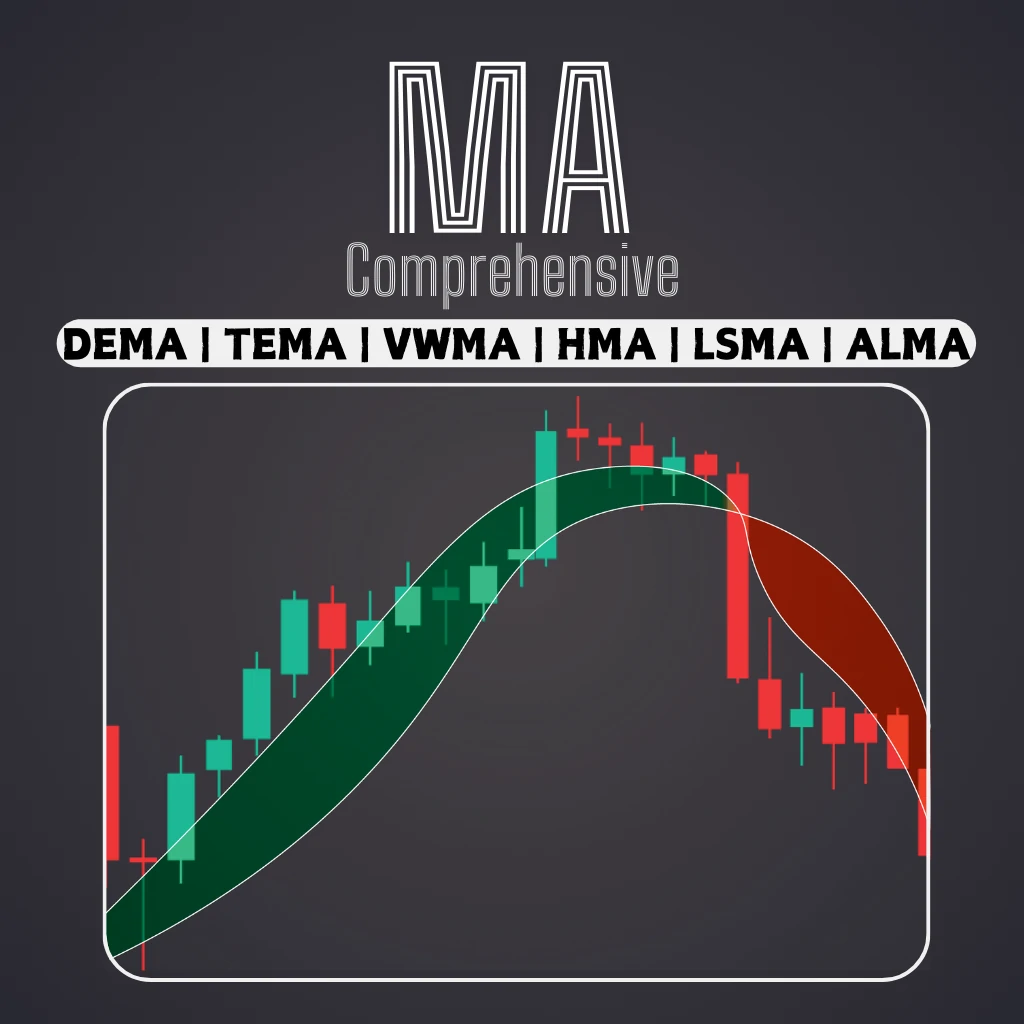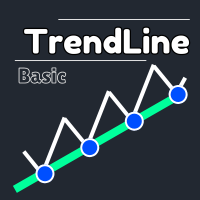Mastering Forex Trading: In-depth Guide to Pivot Points Strategy
In the high-stakes world of forex trading, every tool and strategy you master can be the difference between profit and loss. One such tool that’s garnered significant attention is the Forex Pivot Points strategy. It’s a technique that’s been around for decades, yet it’s often overlooked by novices in favor of flashier, complex strategies.
The beauty of the Forex Pivot Points strategy lies in its simplicity. It’s a method that helps traders identify potential turning points in the market, providing them with key insights to make informed decisions. This article delves into the nitty-gritty of this strategy, helping you understand how it works, and more importantly, how you can use it to your advantage. So buckle up, and let’s navigate the exciting world of Forex Pivot Points together.
Understanding Forex Pivot Points
Moving forward on our exploration of the Forex Pivot Points strategy, let’s make sure we grasp a clear concept of Forex Pivot Points. They’re not merely mathematical calculations, but invaluable tools for potentially identifying those decisive moments in the market when a turn could occur.
The Basics of Pivot Points
Pivot Points, essentially, indicate a change in market sentiment. Primarily, they represent a price level that’s crucial in terms of defining the market’s directional movement; above the pivot point, the market sentiment is positive, and below it, the sentiment turns negative. Consider a tightrope walker; if they stay centered, they remain balanced — this exemplifies a pivot point. If they lean too far off, they risk falling — this indicates the market moving above or below the pivot point.
Calculating Forex Pivot Points
The process of calculating Pivot Points starts with identifying the High, Low, and Close prices from the previous trading day. The primary pivot point calculation is a simple average of these price levels. However, keep in mind, it’s not just a matter of plugging in numbers. It requires keen insights into market trends, possible turning points, and crucially, careful consideration of currency pair volatility.
Types of Pivot Points
Delving into specifics, there are three primary types of Pivot Points: standard, Fibonacci, and DeMark. Standard Pivot Points are the most commonly used and are based on the high, low, and close prices. Fibonacci Pivot Points, on the other hand, apply Fibonacci levels to the pivot point calculations to better understand potential support and resistance levels. DeMark Pivot Points, devised by Tom DeMark, work a bit differently, focusing on the relationship between the opening and closing prices. Consequently, each provides a unique perspective and has a different approach to aid traders in their market predictions.
The Importance of Pivot Points in Forex Trading
Based on past Forex trading narratives, Pivot Points hold substantial worth in the trading arena. As a tool, they not only guide trading behavior but also aid in reading market dynamics. This forward-looking trend tool paints a distinct picture of potential price movements.
Psychological Impact on Traders
Indeed, Pivot Points exert profound psychological impact on traders. Their importance might seem understated, but they subtly influence how trades are executed. For instance, when a Pivot Point is hovered around, market participants often display a behavior of hesitation. This hesitance, originating from the anticipation of a major price movement, warrants traders to act cautiously.
Pivot Points also bring discipline into the trading process. By acting as a marker, they provide traders with a sense of direction and clarity. Traders often find themselves respecting these levels, as breaches over them are defining moments that can increase their losses or profits. They either embolden traders to maximize their profits or cut their losses short.
Pivot Points as Support and Resistance
Pivot Points proudly double as support and resistance levels. When prices move above the central Pivot Point, they depict a bullish (rising) tendency. Here, the Pivot Point provides a support level, pushing the prices upward. Conversely, when prices move below it, they indicate a bearish (falling) tendency with the Pivot Point taking on the role of resistance, capping potential upward movements.
It’s not uncommon to find traders using Pivot Points in range-trading strategies. They sell at resistance levels and buy at support, believing the price will reverse at these points. This surprisingly predictable pattern of price behavior amplifies the strategic role that Pivot Points play in Forex trading. Notably, the more frequently a price level is tested without a break, the stronger perceived support or resistance it becomes.
Implementing Pivot Point Strategy in Your Trading
Trading with a pivot point strategy requires a firm understanding of ways to spot opportunities, manage risks, and effectively integrate other indicators. Let’s explore these aspects further.
Identifying Entry Points with Pivot Points
Trading entries with pivot points pivot around the identification of either support or resistance levels. For instance, in an uptrend, I’d consider going long when prices retrace and touch a Pivot Point level, indicating a potential reversal. However, in a downtrend, I’d lean towards selling short when prices rally to a Pivot Point level, suggesting a possible downward continuation. One key point worth noting, I’d wait for a confirmation (for example, a candlestick pattern or a breakout) before committing to the trade, reducing risks and increasing success probabilities.
Setting Stop Losses and Take Profits
Pivot Points offer a straightforward way to set stop losses and take profits in your trades. Stop Loss orders could be placed either slightly above or below a Pivot Point level, depending on the trade direction. Take, for example, a long position. I’d set my stop loss a few pips below the relevant Pivot Point level, minimizing losses if the market moves against me. As for the take profit level, I’d typically aim for the next Pivot Point up.
Combining Pivot Points with Other Indicators
Incorporating other technical indicators into your Pivot Point strategy could markedly enhance its efficacy. I personally find the Relative Strength Index (RSI) a beneficial tool to utilize together with Pivot Points. Notably, when the RSI shows oversold or overbought conditions corresponding with key Pivot Point levels, it adds an additional layer of reliability to potential trade setups. Similarly, Moving Averages can help identify the trend direction, providing valuable context for your Pivot Point trading.
Remember, a good trading strategy isn’t noticed by the tools employed, but the astute integration of accurate information and disciplined execution. Pivot Points are simply one piece in the larger puzzle of trading strategies. With credible research and diligent practice, you can develop a robust Pivot Point strategy that suits your trading style and goals.
Case Studies: Successful Forex Pivot Points Strategy
Day Trading with Pivot Points
For day traders, Pivot Points serve as crucial markers throughout a trading day. Here’s a case study that throws light on its effectiveness:
Trader Joe, a seasoned day trader, starts his trading day examining the previous day’s high, low, and closing prices. He calculates the Pivot Point for the upcoming trading day, giving him a reference point. Around 9.15 AM, Joe notices the market opening above the Pivot Point. It’s a positive sign. He decides to buy, but only if the price dips back to the Pivot Point and bounces back. By 10 AM, the price interacts with the Pivot Point, and Joe buys in. He sets the stop loss at the previous swing low and the take profit at the calculated Resistance 1 level.
Joe observes the price rising sharply, hitting his take profit level. He retains the remaining shares, moving the stop loss to the entry point. When another rise occurs, he sells the remaining shares. Thus, Joe’s day trading strategy, powered by Pivot Points, has resulted in a profitable trade.
Swing Trading and Pivot Points
Pivot Points, impeccable for intraday trading trends, also aid in making swing trading decisions. Here’s how:
Consider Trader Elsa, who practices swing trading. Elsa reviews weekly charts instead of daily ones to determine the Pivot Point, Resistance, and Support levels for the upcoming week. In one instance, Elsa observes the price on the weekly chart resting at the Pivot Point, exhibiting potential for a bullish swing. She enters a long position, places a stop loss just below Support 1, and sets a take profit at Resistance 1.
As expected, the price soars in the following week, reaching Resistance 1. Elsa moves her stop loss to ensure a break-even trade. The price continues to rally, eventually hitting Resistance 2. Honoring her plan, Elsa sells half her position, locks in profits, and leaves the rest to play out. The strategy yields a profitable swing trade.
So, whether it’s day trading or swing trading, Pivot Points lend an edge, facilitating accurate market assessment and precise trade execution.
Advanced Techniques in Pivot Point Trading
Building upon the basic concepts of Forex Pivot Points outlined earlier, let’s delve into some advanced strategies. The application of Pivot Points isn’t confined only to manual trading methods; they’re equally effective when integrated into algorithmic trading models. In addition, traders often adjust Pivot Points to accommodate different time zones, ensuring their strategies remain relevant and effective no matter where they’re trading from.
Using Pivot Points in Algorithmic Trading
Algorithmic trading, or automated trading, represents a substantial share of global Forex trades. Traders implement Forex Pivot Points in these algorithms to ease the trading process, increase accuracy, and limit emotional reactions during trade executions.
With automated trading, I often place Pivot Points in the algorithm’s code to initiate a buy order when the market price is at or near a pivot support level. Conversely, the system triggers a sell order at or close to a resistance pivot point. Traders like me frequently combine pivot points with other technical indicators like MACD or Bollinger Bands in their algorithms for enhanced decision making. By reducing manual intervention, these automated systems enhance trading efficiency and effectiveness.
Adjusting Pivot Points for Different Time Zones
Forex markets operate 24/7 across different time zones. Given this round-the-clock activity, incorporating robust adaptation techniques becomes crucial for success. Time zone adjustments are among these techniques, especially when using Pivot Points.
While drawing pivot points lines, I take into account the closing and opening prices of different time zones. For example, a trader in New York might use the closing price at 17:00 ET (Eastern Time), while someone in London would use closing time at 17:00 GMT. By adjusting the pivot points calculation using the closing prices of their specific time zones, traders can maintain the relevance and accuracy of pivot points in their trading strategies no matter where they operate from.
Remember, adjusting pivot points for different time zones isn’t a complex process. Paying careful attention to not only where you’re trading from, but also when you’re trading specifically, can make a decisive difference in your trading outcomes. Through these adjustments, you’re facing the Forex market from a position of informed strength.
Common Mistakes to Avoid with Pivot Points
After discussing the usage and integration of Pivot Points into forex trading strategies in previous sections, it’s time to shift our attention to common mistakes traders often make when dealing with these crucial indicators. Resolving these errors could significantly enhance trading efficiency and effectiveness.
Overreliance on Pivot Points Alone
One recurrent mistake lies in the overdependence on Pivot Points alone for market decisions. While Pivot Points undoubtedly boast significant predictive power, they should not be the sole determinant of your trading strategy.
Substantial merit exists in incorporating other technical indicators along with Pivot Points. Indicators like Moving Averages, Relative Strength Index (RSI), or Bollinger Bands, for instance, can provide a comprehensive market view. These indicators can reveal trends, measure market volatility, reveal overbought or oversold conditions, thus allowing for sounder, more informed trading decisions.
For example, a Rising Moving Average in conjunction with a Pivot Point level could reinforce a potential support level in bullish markets. Simultaneously, an RSI reading that dips below 30 might offer a selling signal, suggesting that the market is oversold.
Ignoring Market Trends and Volatility
Another common pitfall includes disregarding prevailing market trends and volatility. Pivot Points are static throughout the day, providing a consistent reference. However, considering the dynamic nature of forex markets, it’s crucial not to ignore the ongoing market trends or erratic volatility.
Instances of significant market volatility, such as when major economic news is released, could see forex prices swing wildly. During these volatile periods, Pivot Points could become less reliable. So, entering trades based on Pivot Points alone during such times may lead to losses.
Additionally, contradicting the present market trend can lead to costly mistakes. For example, in a robust uptrend, it might prove risky to anticipate a reversal merely because the price reaches a Pivot Point resistance level. The market momentum might continue pushing the price upwards, bypassing the Pivot Point level. Therefore, understanding the broader market trend and integrating it into your Pivot Point strategy remains mission-critical for successful trading.
Conclusion
So, we’ve seen how pivotal Forex Pivot Points can be in predicting market shifts. Whether it’s standard, Fibonacci or DeMark Pivot Points, they’re a key player in shaping market dynamics. But remember, they’re not a standalone tool. It’s crucial not to overlook the broader market trends and volatility. Overreliance on Pivot Points can backfire, especially in a volatile market. That’s why it’s vital to pair them with other technical indicators like Moving Averages, RSI, or Bollinger Bands. This enhances your trading strategy and helps mitigate potential losses. So, don’t just rely on Pivot Points. Understand the bigger market picture and integrate it into your strategy. That’s the secret to successful trading.
We have prepared other comprehensive and free tutorials for you that you can use here.















